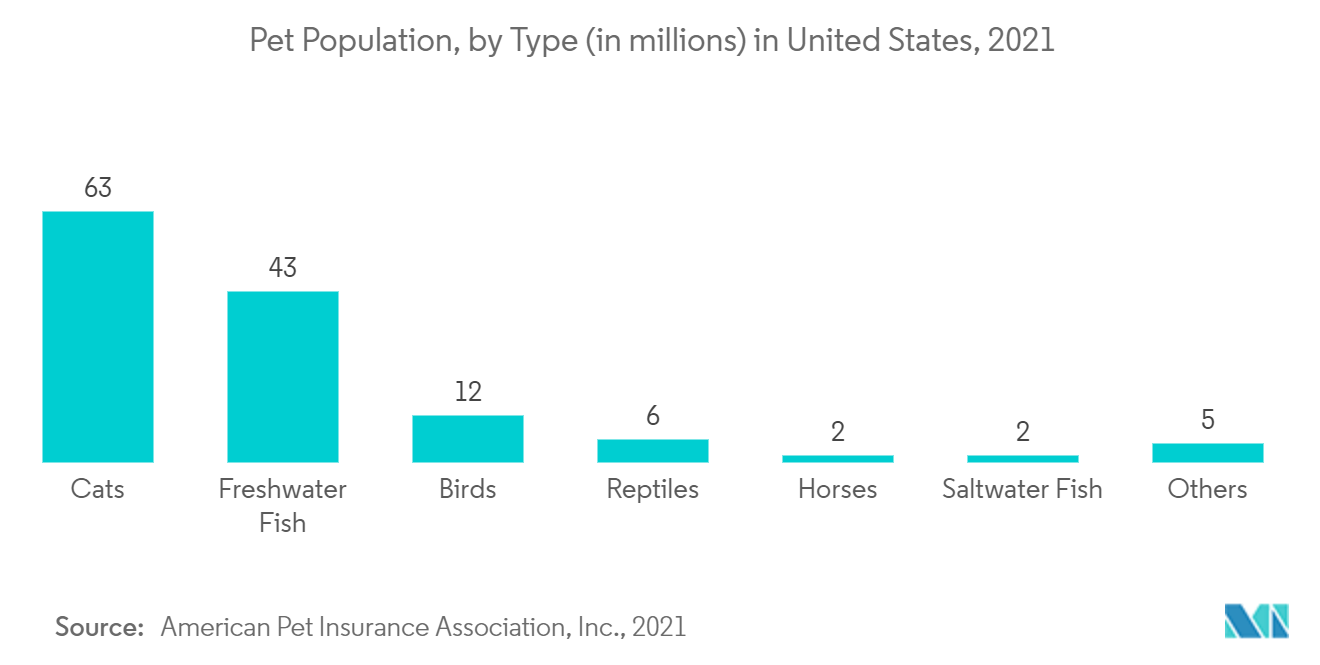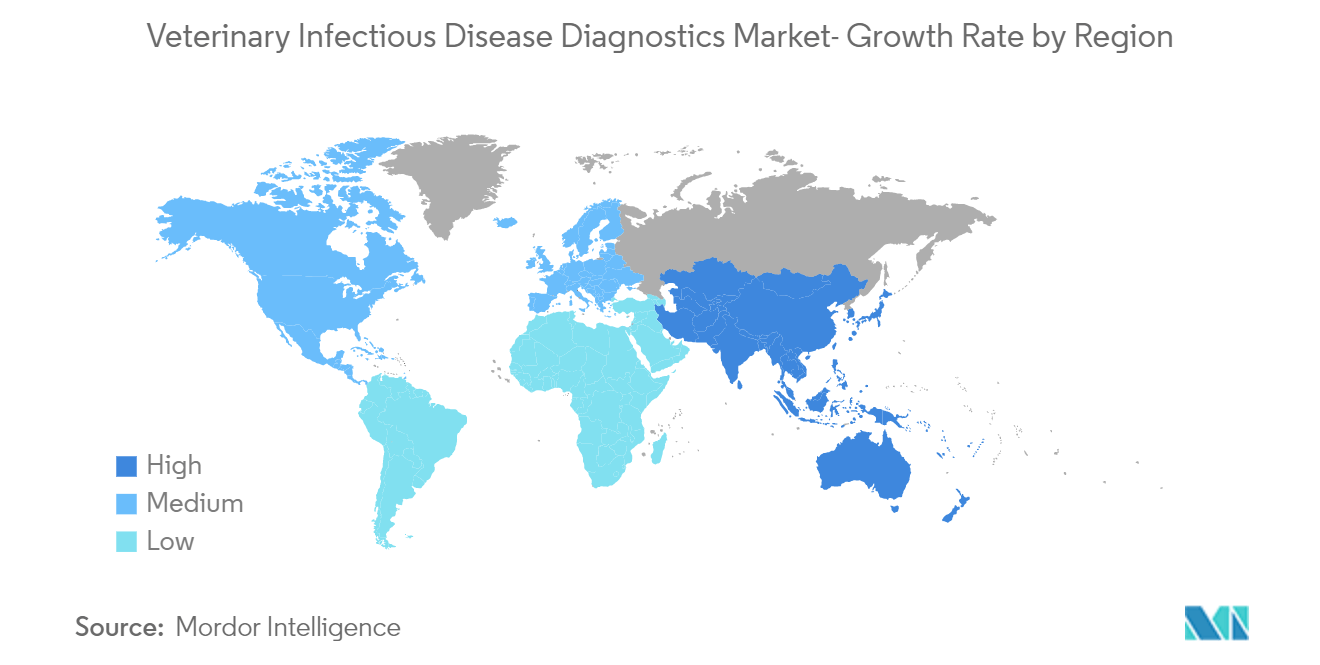Market Trends of Global Veterinary Infectious Disease Diagnostics Industry
This section covers the major market trends shaping the Veterinary Infectious Disease Diagnostics Market according to our research experts:
The Immunodiagnostics segment is Expected to Witness Growth Over the Forecast Period
The dominance of this segment is mainly attributed to factors such as the increasing use of immunoassays in infectious disease testing, the development of novel tests, the rising trend of automation, increasing awareness about health and fitness, and reduce complications associated with the instruments.
For instance, in May 2021, as per the Manual of Clinical Microbiology, 11th Edition, immunoassays can be adapted for detecting analytes across laboratory disciplines and are often more cost-effective than other diagnostic methods. In the clinical microbiology laboratory, immunoassays often serve as confirmatory tests. Therefore, the results are typically not intended to be used as the sole basis for a diagnosis. However, for certain infectious diseases, including Lyme disease, cryptococcal meningitis, and syphilis, antibody and antigen detection by immunoassays is the primary means by which the infection is established. Due to their ease of use, rapid turnaround time, and generally high specificity, immunoassays are increasingly becoming available for point-of-care testing.
Earlier, the diagnostics for veterinary infectious diseases/pathogens have relied on methods for detecting the pathogen by antibodies or culture, using various techniques, such as Enzyme-linked Immunosorbent Assay (ELISA), neutralization, agar gel immunodiffusion, and complement fixation. However, in the past few years, improved immunoassay-based diagnostics tests have evolved and have replaced the more traditional methods, resulting in improved accuracy while requiring less time and effort. For instance, in April 2021, INDICAL, a global leader in developing complete solutions for molecular and immunological veterinary testing, acquired the Svanova product portfolio from Boehringer Ingelheim. This is enhanced by the production of specific proteins which serve as target antigen and makes it possible with new advanced biotechnological methods, such as the cloning of genes and the use of expression vectors. Due to these factors, the market will grow during the forecast period.
Furthermore, factors such as growing research collaborations, an increasing number of research laboratories, and growing direct and indirect investments in research and development (R&D) by pharmaceutical and biotechnology companies will increase product demand, fueling the market's growth in the coming years.

North America is Expected to Dominate the Hair Removal Devices Market
North America is expected to hold a major market share in the global veterinary infectious disease diagnostics market due to rising pet insurance, increased companion animals, and advanced diagnostic devices available in the region. According to the American Pet Products Association survey 2020-2021, around 65.2 million households own dogs, 43.3 million own cats, 5.8 million own birds, 5.3 million own small animals, and 1.8 million own horses, among others. This increasing number requires more diagnostic tests as zoonotic diseases can spread quickly due to more human and animal interactions. According to the American Pet Products Association survey 2020-2021, the basic annual expenses for dogs in an average United States household come to USD 429 for a Surgical vet and USD 213 for a routine visit. This puts the total United States pet industry expenditures around USD 82.31 billion in 2020-2021. The rise in expenditure shows a willingness in owners to go for diagnostic tests with their pets. Due to these factors, the market will show significant growth in the upcoming years.
Moreover, an increase in research and development activities and the presence of favorable healthcare infrastructure are fueling the growth of the overall regional market to a large extent. For instance, in September 2021, the International Society for Infectious Diseases (part of the United Nations) provides various grants in different fields of infectious diseases. Many of the grants are offered to veterinary infectious diagnostics. Similarly, the United States has a long-term agreement with Research Training Center for Animal Disease Diagnostics (Ukraine) which was signed on October 2010 to provide funding for clinical research (specifically for research, diagnostics, and training for animal health) in that region. Due to these factors, the market will see a growth period during the forecast period.


